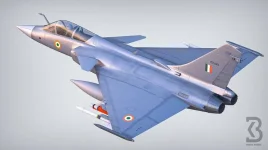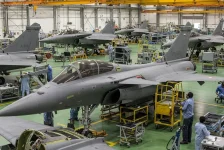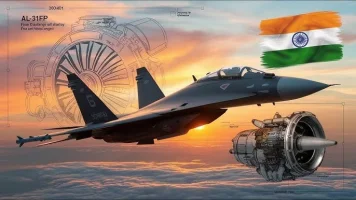- Views: 3K
- Replies: 22

Tatra trucks have been a cornerstone of India's military logistics for over 40 years, renowned for their rugged performance in challenging terrains. However, despite efforts to promote indigenous alternatives, India continues to rely on these Czech-made trucks, highlighting the difficulties in developing a domestic replacement that fully meets the Indian military's operational needs.
Tatra trucks have earned their place in India's defence forces due to their exceptional off-road capabilities, particularly in the demanding environments of the Himalayas, deserts, and dense forests. Their central tire inflation system allows them to adapt to diverse conditions, and their robust design enables them to carry heavy loads, exceeding the capacity of many commercial trucks.
While the Indian government and defence forces have expressed a desire to transition to indigenous solutions, creating an alternative that matches the Tatra's unique capabilities has proven to be a complex challenge. Domestic manufacturers have developed military trucks, but none have fully replicated the Tatra's off-road prowess and heavy load-carrying capacity.
Several factors contribute to this challenge. Replicating the Tatra's specialized design, particularly its unique suspension system and high ground clearance, requires advanced engineering and technology not easily replicated by commercial truck manufacturers. Additionally, indigenous trucks often fall short of matching the Tatra's payload capacity, crucial for transporting heavy military equipment.
Developing a completely new truck with comparable capabilities also involves significant costs and technological hurdles. It requires substantial investment in research and development, along with the acquisition of new technologies. Furthermore, establishing the infrastructure for mass production and maintenance of a new fleet presents logistical challenges.
The bureaucratic and political complexities involved in defence procurement in India further contribute to the delay in replacing Tatra trucks. The lengthy process of designing, testing, and approving new military vehicles can slow down the transition.
The long-standing relationship between the Indian military and BEML, which assembles Tatra trucks locally, also complicates the shift. Replacing a well-integrated fleet requires careful planning to ensure operational continuity. Furthermore, the established maintenance and spare parts supply chain for Tatra trucks makes a complete transition challenging.
While indigenous alternatives like Ashok Leyland's 8×8 Stallion and Tata Motors' military vehicles offer improvements, they have not yet fully replicated the Tatra's unique combination of off-road capability, payload capacity, and reliability. This ongoing reliance on Tatra trucks underscores the complexities of balancing the desire for self-reliance with the need for a proven and reliable platform that meets the specific demands of India's challenging operational environments.




